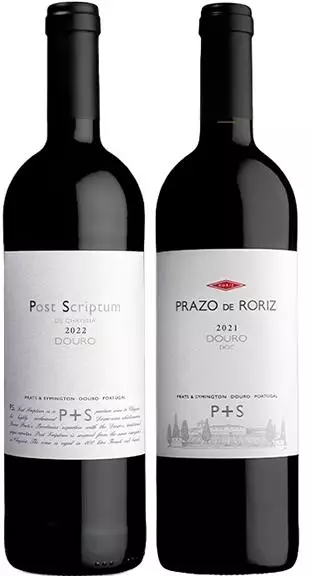Portugal, often overshadowed by its Mediterranean neighbors, is a hidden gem that beckons travelers with its myriad attractions. From its picturesque landscapes to its rich cultural history, this country presents an alluring combination that enchants visitors and locals alike. The varied terrains stretch from the rugged peaks of the northern mountains to the serene beaches along the southern coast, crafting a tableau that captivates the heart and stimulates the senses.
Among the most breathtaking regions is the Douro Valley. Renowned as the birthplace of Port wine, this UNESCO World Heritage Site captures the essence of Portugal’s winemaking heritage. The terraced vineyards that climb steep hillsides are a testament to centuries of dedication, labor, and artistry. This valley is not only a feast for the eyes, but it also tells a story of resilience and innovation, as winemakers adapt to preserve their ancestral traditions while embracing the potential for new styles of wine.
Recent improvements in winemaking techniques have brought forth a revelation; producers are increasingly focused on crafting dry wines that resonate with modern palates. This evolution showcases the versatility of indigenous grape varieties such as Touriga Nacional and Touriga Franca, but it also demonstrates a harmonious blending of traditional methods with contemporary practices, highlighting the region’s enduring spirit.
At the forefront of this modern wine movement is “Chryseia,” a collaborative endeavor between the Symington Family Estates and Château Cos d’Estournel’s Bruno Prats. Launched in 2000, the name translates to “golden” in ancient Greek, aptly reflecting the luminous quality of these wines. Sourced from revered vineyards like Quinta de Roriz and Quinta da Perdiz, Chryseia is crafted with an approach that honors both its Portuguese roots and Bordeaux influences, creating a unique blend that is as complex as it is rewarding.
The Post Scriptum de Chryseia, a second label that emerged from the iconic Chryseia brand, offers an enticing glimpse into the premium offerings of the region. Comprising predominantly Touriga Nacional and Touriga Franca, alongside Tinta Roriz, this wine undergoes fermentation in larger barrels, enriching its flavor profile with oak nuances without overpowering its inherent fruitiness. With its deep fruit aromas and a luscious palate of plum and wild blackberry, it is a wine that sings harmoniously alongside hearty roasted meats, enhancing the dining experience through its balance and finesse.
In contrast, the 2022 Prazo de Roriz delivers an immediate impression of fresh, vibrant fruit. With an inclusion of Tinta Barroca and a blend of additional field varieties, this wine reflects a more casual yet sophisticated approach to winemaking. Spending six months in French oak barrels allows it to retain its freshness while subtly integrating the wood’s influence. Bright red fruit flavors, such as raspberry and cherry, dominate, making it highly drinkable and versatile.
This modern wine is ideal for relaxed gatherings, pairing effortlessly with a charcuterie board or complementing a delightful one-pot meal, such as Chicken Normandy. Its ability to evoke a sense of comfort while maintaining elegance demonstrates Portugal’s rising reputation in the wine world, appealing to both casual drinkers and serious connoisseurs.
Portugal’s rich tapestry of landscapes, history, and hospitality is beautifully interwoven with its winemaking legacy. From the terraced hillsides of the Douro Valley to the modern interpretations of classic wines, the country offers a captivating journey for the palate. With wines like Chryseia and Prazo de Roriz leading the way, Portugal invites wine lovers to explore its depths, reviving an appreciation for both tradition and innovation. As you sip a glass of Portuguese wine, you’ll not only taste the flavors but also the stories behind them—a quintessential experience that solidifies Portugal’s place on the global wine map.


Leave a Reply